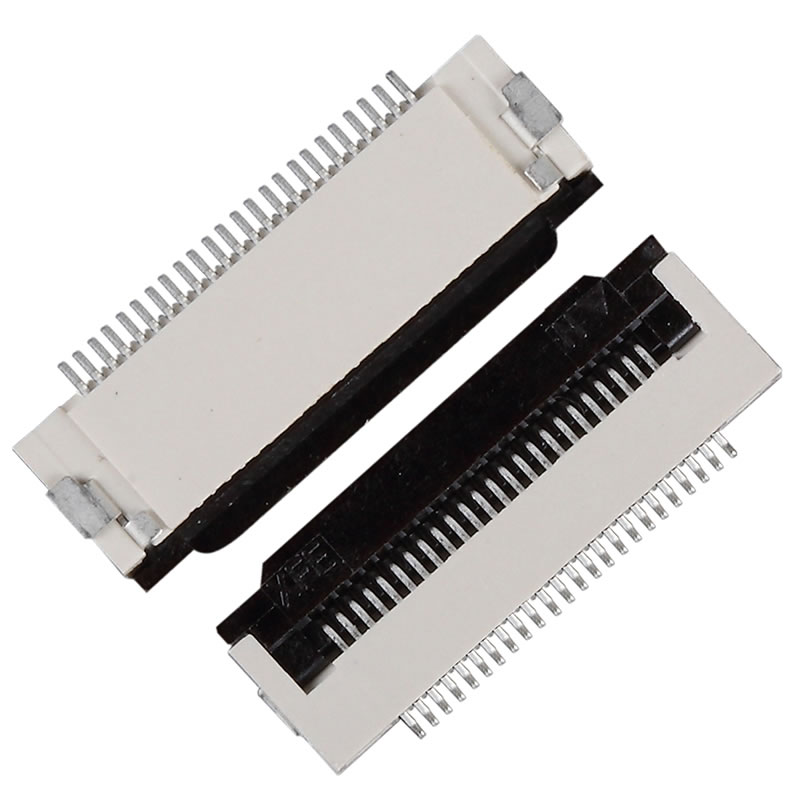Structure and Working Principle of FPC Connectors
 2024-11-01 10:03:14
2024-11-01 10:03:14

Core Structure and Main Components of FPC Connectors:
FPC (Flexible Printed Circuit) connectors primarily consist of the following parts:
Pin Terminal: This is the core component of the FPC connector, used to connect the FPC to the circuit board. The pin terminal usually includes a spring to provide both self-locking and contact assurance, ensuring a stable connection between the FPC and the circuit board.
Insulator: The insulator is the fixing device within the FPC connector, used to secure the pin terminals. It is typically made of thermoplastic material, which offers a certain level of wear resistance and corrosion resistance.
Contact Terminal: The contact terminal is one of the key components of the FPC connector, used to connect the FPC to the pin terminal. The contact terminal is usually made of copper alloy and is gold-plated on the surface to improve conductivity and wear resistance.
Housing: The housing is the external structure of the FPC connector, used to protect and secure the internal components. It is usually made of metal material, providing a certain level of strength and corrosion resistance.
Conductor: The conductor acts as the bridge connecting the FPC to the circuit board, used for transmitting signals and power. It is usually made of copper wire, offering a certain degree of flexibility and insulation.
End Terminal: The end terminal is the end of the conductor, usually connected to the pin terminal or contact terminal. The end terminal often includes a crimp ring, used to connect with the circuit board or FPC.
Working Principle of FPC Connectors:
The working principle of FPC connectors is based on the characteristics of flexible printed circuit boards. Flexible printed circuit boards are made from flexible substrates such as polyimide, providing bending capability and high electrical conductivity. FPC connectors connect circuit boards through the insertion and withdrawal of pins and sockets. When the pin is inserted into the socket, the conductive pad on the pin contacts the conductive pad in the socket, thereby establishing an electrical connection. The spring force between the pin and socket ensures the stability and reliability of the connection.
Application Scenarios and Characteristics of FPC Connectors:
FPC connectors are lightweight, flexible, and reliable, making them widely used in consumer electronics, communications, medical, aerospace, and other fields. FPC connectors achieve electrical signal transmission through their conductive and flexible characteristics, allowing for flexible wiring within different devices. Additionally, FPC connectors possess anti-vibration and anti-interference properties, ensuring the stability and reliability of signal transmission.


